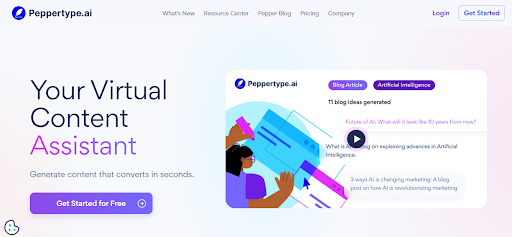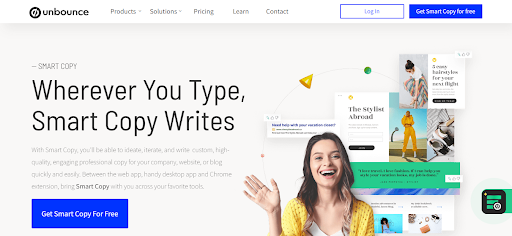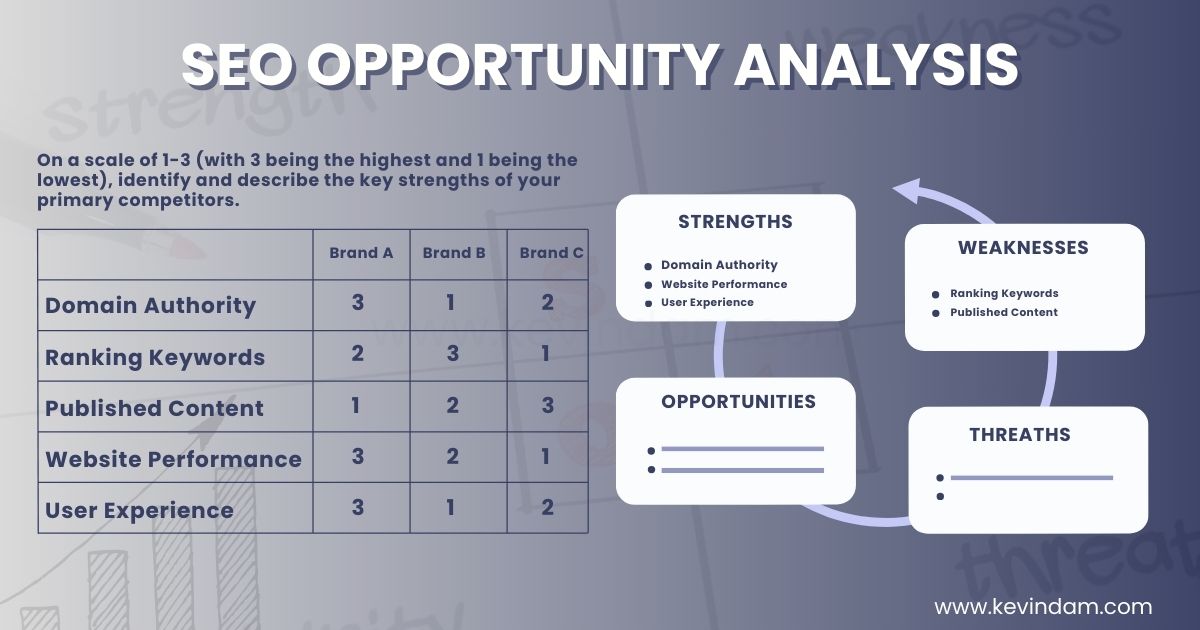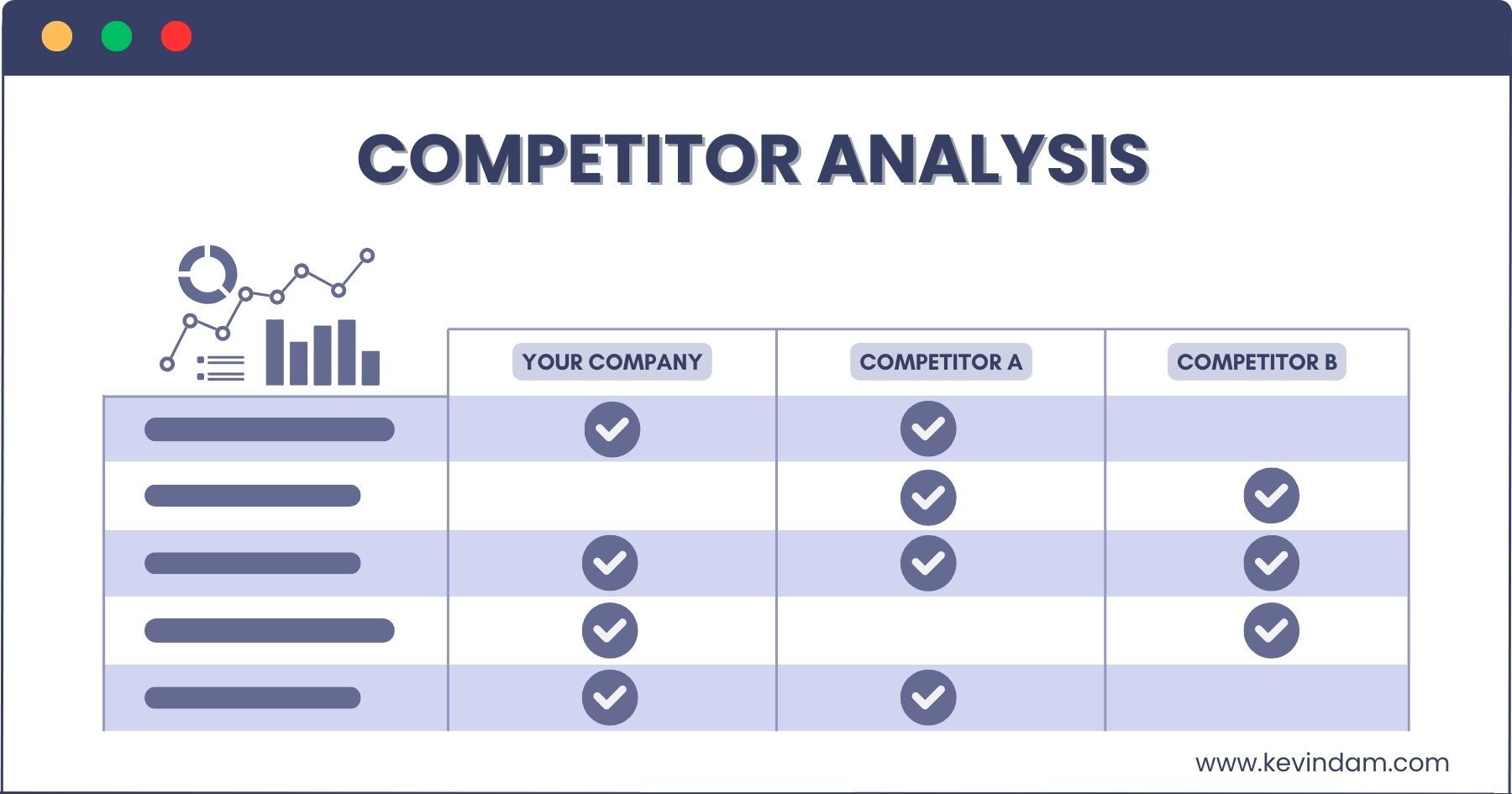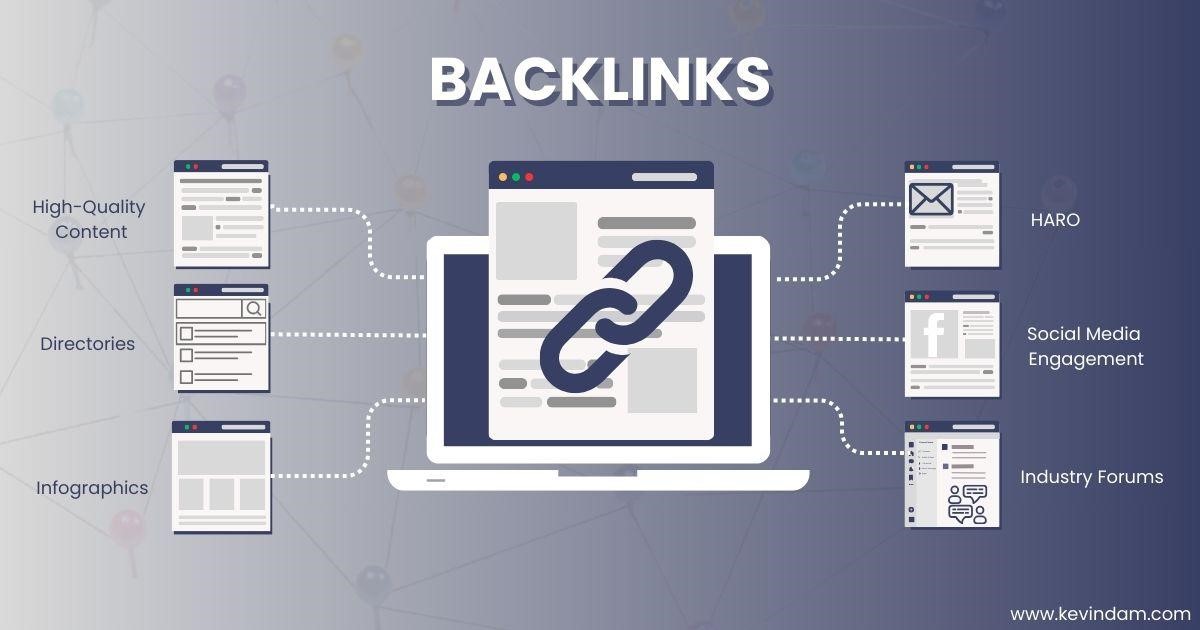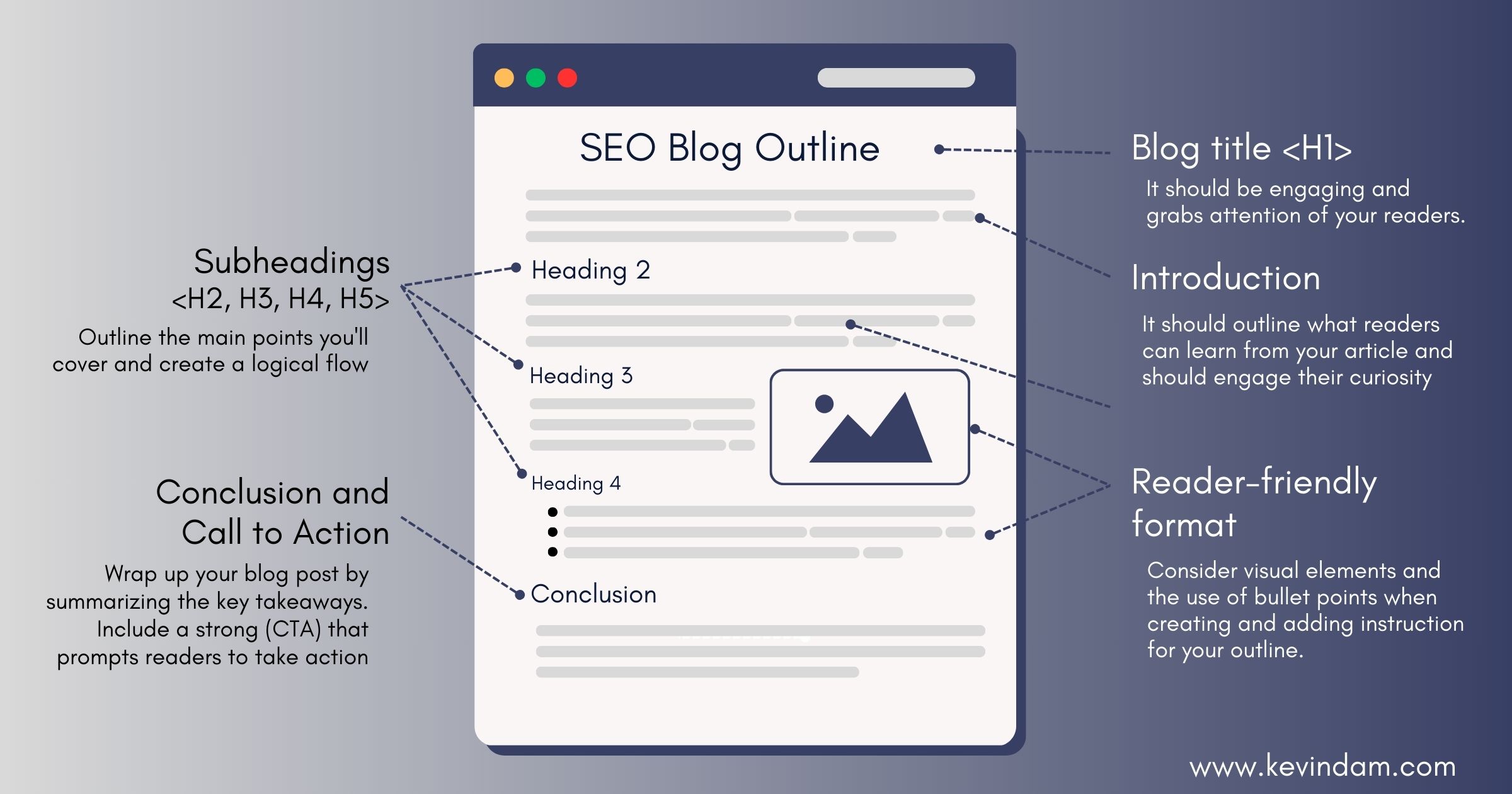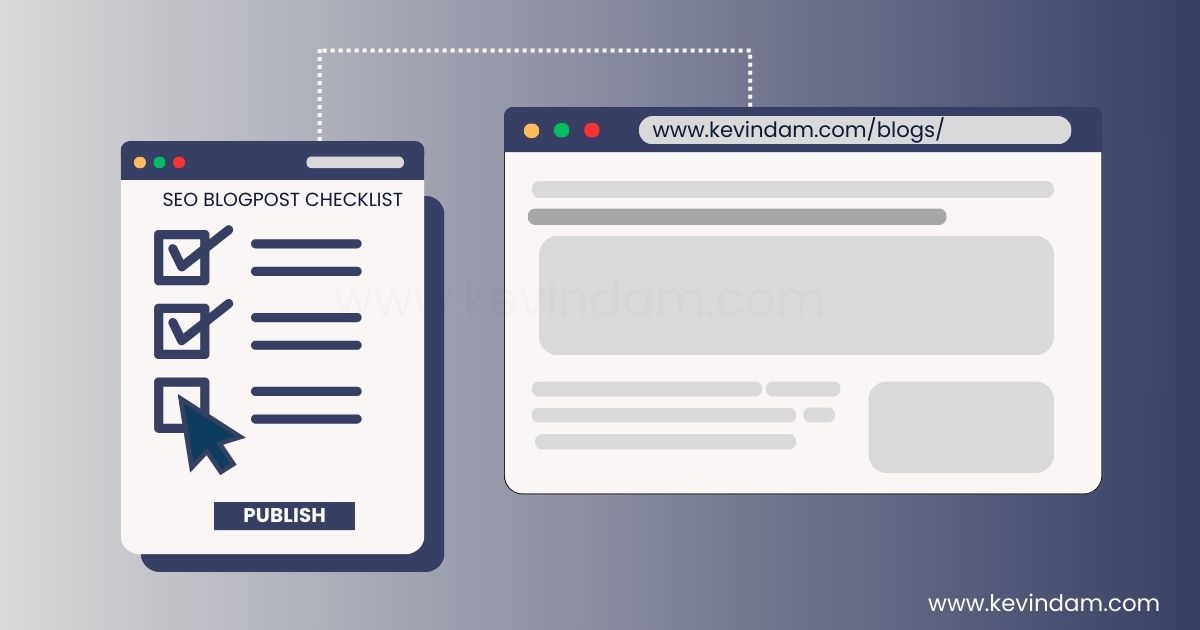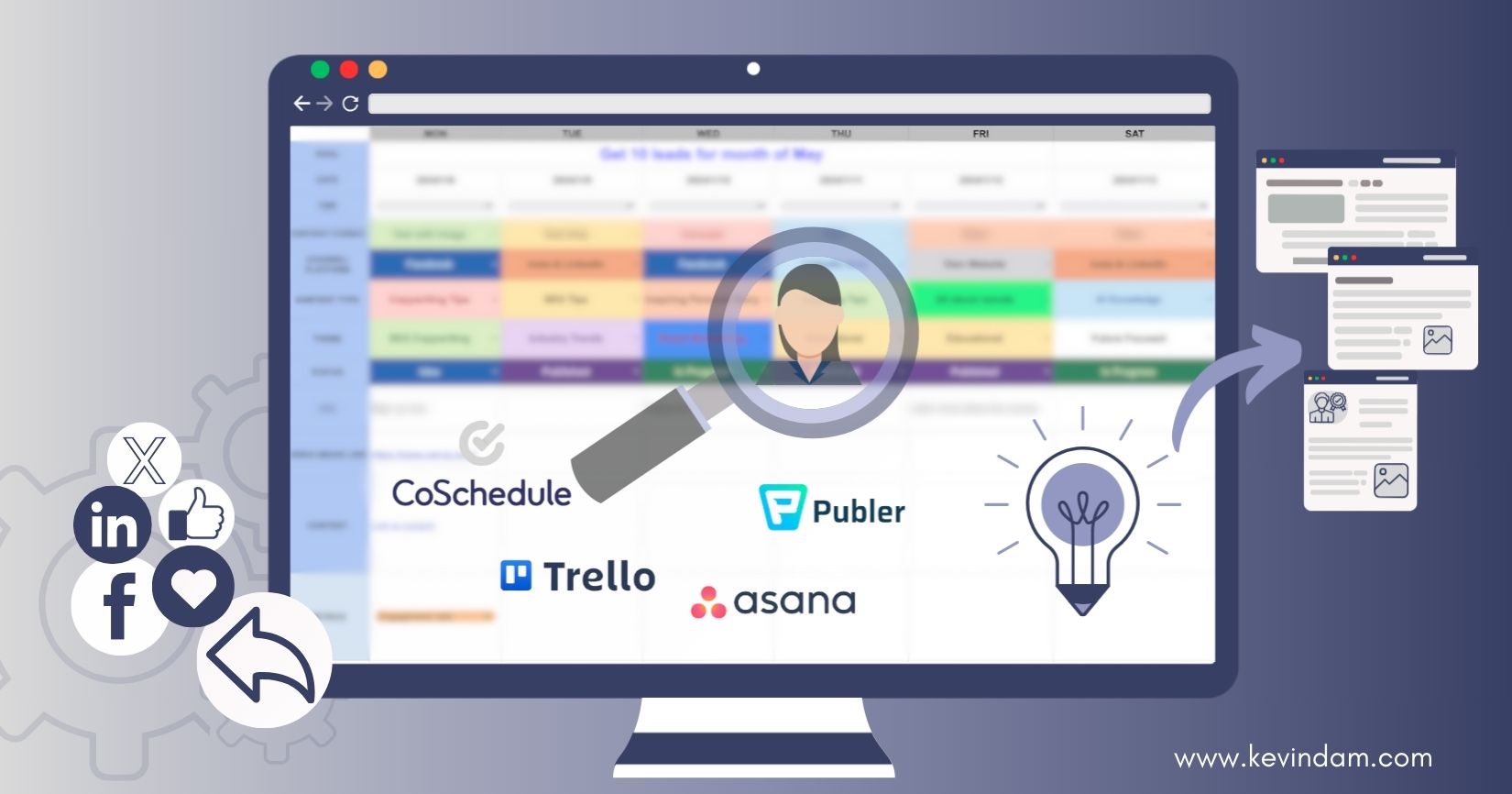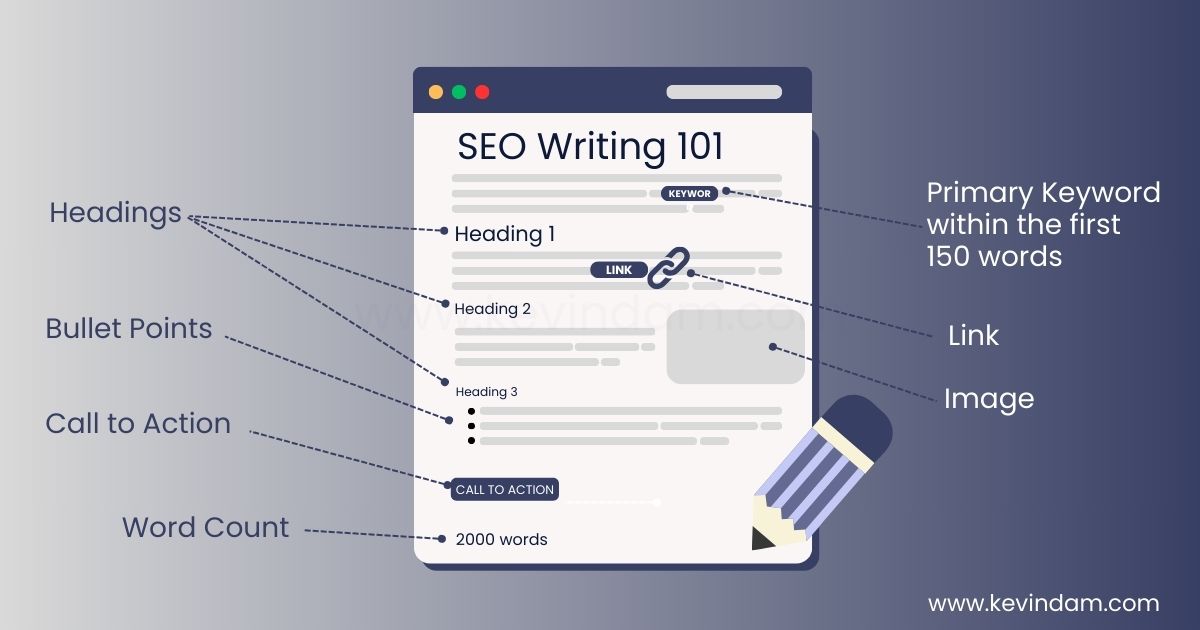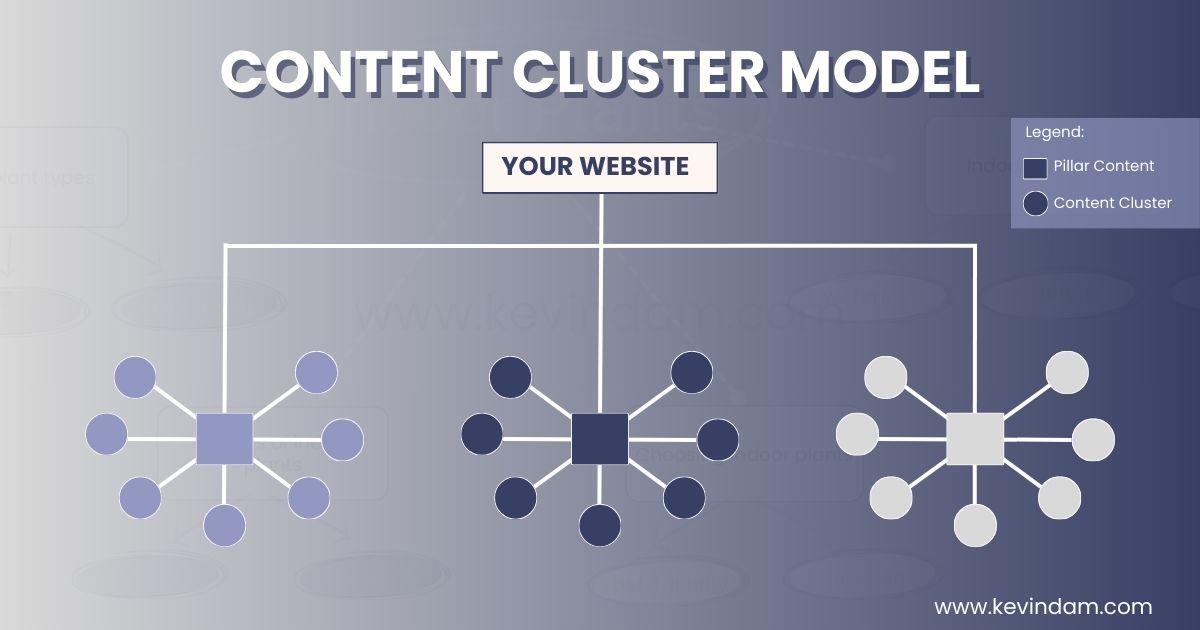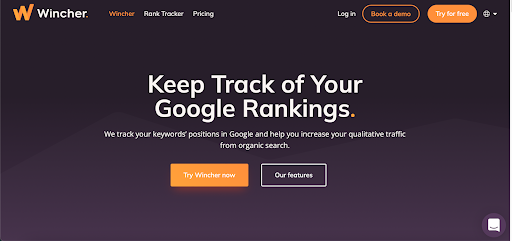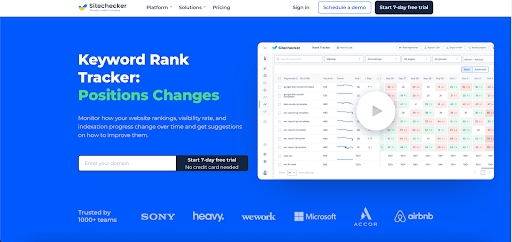
Last Updated February 1, 2024
Kevin transitioned from banking and finance to digital marketing, specialising in SEO since 2010. His experience includes improving SEO results for websites in finance, insurance, e-commerce, medical & clinics, and B2B services. Kevin thrives in remote work environments, leading a 33-member team across seven countries. He enhances productivity with streamlined processes, Google Sheets automation, no-code platforms, and AI integration. His expertise in SEO, technology, and remote team management enables him to develop training programs that equip individuals and businesses with the skills to solve complex business challenges. Kevin's actionable learning approach ensures practical application and continuous development.
5 Low Code BPM Software
The low code development sector is gradually growing every day. Different markets begin to form regularly as many people discover the benefits and advantages of low-code development. Soon, there will be market niches for low-code development that span from typical citizen developer development to much bigger sectors such as focused enterprises and industries.
Low code BPM software development becomes one of the enormous driving forces of low code development. Businesses are the main driving force for the increasing trend of low-code development. In 2021, the subsector for Intelligent Business Process Management Suites accounted for 2.9B USD in revenue. The total revenue is about 20% of the total for low code development, second to the Low Code Application Platforms subsector.
What is Low Code BPM software?
Enterprises, businesses, and entities use various software to handle daily business processes. The reliance on software is common as people slowly started integrating into the Internet of Things. Gone are the days when businesses keep records in rows of huge filing cabinets that fill up fast.
What happens when too many software, programs and applications are running to do business work? There might be a divide in how the business operates, making not only employees and entrepreneurs suffer, but also customers. Low Code BPM software is available to integrate and stitch together hundreds of software to make everything more cohesive.
BPM stands for Business Process Management or the way people automate businesses for running operations. In this case, BPM makes the business smarter and more efficient in handling operations. In addition, low code BPM software is a tool that allows the creation of BPM methods with minimal to no coding.
-
BPM is increasing and trends and demand
The trend for reliance on BPM is increasing rapidly. According to an article by Vailshery, “The global business process management (BPM) market was valued at 8.8 billion U.S. dollars in 2020. The market is forecast to grow with a compound annual growth rate (CAGR) of 10.5 percent in the coming years, reaching a size of 14.4. billion U.S. dollars by 2025.”
Every year, more businesses are turning to BPM to optimise business operations. Along with this trend, using low-code platforms will help make that number easier to surpass.

Benefits of Low Code BPM software
Using low code BPM software is more than just a means to make business operations faster. Operating and investing in these setups is more than the time saved from doing work manually. Here are some of the ways that low code BPM software help enterprises survive daily operations:
Low code BPM software costs less
For smaller enterprises, getting more people to work on repetitive tasks can become costly. At the initial stages of any venture, saving funds is common across industries. Utilising low code BPM software helps small businesses get a program that runs operations on a smaller subscription price.
Data drives the modifications in the operations
Business and operations often become a big numbers game prone to much error over time. One of the most significant benefits of BPM is the abundance of data. Each new transaction and engagement helps shed light and insight on the current standing of any business. Moreover, these data sets can help business heads steer the direction of the business.
Regular updates improve the software
Low code BPM software is still, at heart, something that runs the hardware. Loopholes and bugs can cause a defect in the BPM software. Regular updates and upgrades from the creators of the BPM software help keep any low code BPM software in good condition. Business owners don’t need to worry about this as the software is subject to change from its source.
BPM software simplifies the flow of the business
Businesses don’t only revolve around customer activities. Workforce activities may need specific flows and processes as well. Creating an encompassing BPM with minimal coding can aid in integrating many of these aspects. BPM solutions through a low code development platform simplify a lot of work that can somehow become complicated with manual human work.
There is a high level of documentation to track BPM software creation

For human work efforts, documentation relies on the effort and attention of the worker. With low-code platforms, documentation widens in scope. Tracking and monitoring the developments and changes in the creation process of the BPM solution becomes more accurate. Documentation and high levels of analytics can help direct the operations that keep the business functional.
Examples of low code BPM software
There are thousands of Business Process Management software and solutions worldwide. As the world moves toward integrating software into daily life, everything becomes more automated. The introduction of low-code development makes these BPM solutions more accessible, driving the numbers up faster.
Sooner, more companies will be marketing low-code BPM software aggressively into more mainstream industries. Here are five examples of Low code BPM software:
1. Kissflow
Kissflow is not a new name in the low-code development software. As such, it’s one of the go-to software development platforms for creating BPM solutions. In the aspect of BPM, Kissflow has Business Process Management and Workflow Management software, giving users endless ways to automate and optimise business operations.
The platform is available in multiple languages to help several businesses in other countries. Kissflow supports some languages like English, French, German and Spanish.
Features of Kissflow
✔︎ The platform has an intuitive and easy-to-use interface, giving an advantage to first-time creators of BPM processes in low-code platforms.
✔︎ Kissflow supports 50 other external applications in the platform, employing the functions of existing applications that may be familiar even to first-time BPM software creators.
✔︎ Kissflows has native iOS and Android mobile applications, making low-code BPM software development accessible to many devices.
Points to consider
- One of the key points to consider in subscribing to Kissflow is the update issues on the platform. According to user reviews from Gartner, users had trouble migrating when certain upgrades were prerequisites to a newer version of Kissflow.
- Rigid functions hinder users from making more BPM operations tailored to actual business needs.
- Kissflow rates begin from 9 USD upwards. The total cost can easily increase depending on team size and the plan choice.
2. Appian
Appian Corporation began in 1999. The current headquarters of the company is located in McLean, Virginia. The platform caters for services such as low code application development, intelligent business process management systems and dynamic case management.
Appian is one of the most reliable low-code development platforms. It has catered to large companies known globally, such as Exelon, GlaxoSmithKline and T-Mobile. It has promised users the potential to create apps 10x faster and reduce costs by 50% when using the platform.
Features of Appian
✔︎ Appian aims to simplify process design and creation, providing users with a low-code, drag-and-drop screen canvas as a starting point. Appian simplifies the creation of automated process operations and various tiers of workflows.
✔︎ The team in Appian constantly provides updates and upgrades to the platform. Users can expect improvement from regular patch-ups in the platform.
✔︎ The platform makes (minimal) code writing simple, with the debugger visible in the monitoring tab of the platform.
Points to consider
- Users with professional software development experience may benefit more from the platform. Some functionalities require complex back-end work, which can intimidate first-time users who want to create BPM tools using low-code.
- According to reviews in Gartner, Appian has limited customisation upfront and may require more in-depth knowledge in coding to make the resulting BPM software more flexible.
- There is a basic, free account for individual users; however, higher-tier accounts can cost as much as 60 USD per user.
3. Monday.com
Monday.com is a low-code platform that copes with helping businesses build automated systems. Around 152,000 users rely on the platform to form various low-code solutions. Many large corporations rely on Monday.com for Business Process Management solutions. Some of these corporations are Hulu, Coca-Cola, and Nautica.
Monday.com’s vision is “The Work OS that lets you shape workflows, your way.” Monday.com is present in many locations across the world and is made up of more than a thousand employees from anywhere around New York, London, Sydney, and Tel Aviv. Monday.com is constantly partnering with big names in other industries and is currently working with Vogue to optimise the fashion editorial giant’s work process.
Features of Monday.com
✔︎ The platform offers management solutions for Creative & Design, Software Development, Project Development, Marketing, HR, Sales & CRM, Operations, Task Management and other workflow template segments.
✔︎ Monday.com has a wide range of external applications present in its App Marketplace. Users can integrate many applications in their workflow to add functionality to the designed BPM software.
✔︎ Monday.com hosts webinars to help users gather knowledge and information from resources that are already within the platform. It’s available for access at any time.
Points to consider
- Monday.com has a built-in time tracking function to add time tracking aspects to projects. This can be an advantage or disadvantage as the function is only available for Pro plans and above.
- According to user reviews, the platform has limited task dependencies. There is an expected level of limitation for low-code platforms since most fully-customisable systems involve a lot of coding.
- Monday.com has a slow customer support team catering to user inquiries. Users may not get a fast response as fast as possible.
4. Creatio
Creatio is one of the biggest low-code platforms online. The platform also offers BPM solutions to citizen coders in the form of low code or even no-code work at all. Creatio hosts a variety of tools, add-ons, templates and connectors in the platform to help build workflows.
Creatio has a separate segment focused on business operations, allowing users to create specific solutions that target business operations specifically. The Creatio Marketplace divides into various industries and showcases large workflows for these businesses.
For example, the product for Admission to education institutes provides a set workflow for admission tasks like enrollment and registration of students in an educational institution. These set solutions can help businesses save time in creating low-code solutions.
Features of Creatio
✔︎ Creatio focuses on the integration of other applications to make other applications more accessible to users. As evident in its marketplace, Creatio has more than a hundred other applications ready to add and use for users.
✔︎ The Process Designer is where users can create workflows and BPM automated processes. The canvas has an intuitive and simple interface, making BPM software creation easier even for first-time makers of BPM automation functionalities.
✔︎ Creatio has higher levels of customisation in comparison to other platforms that provide low-code BPM software development.
Points to consider
- User reviews point out Creatio’s need for constant improvement in the area of external application integration (Gartner). Creatio has applications that may not be as ready for deployment or isn’t as efficient during the utilisation of the final BPM software.
- There are issues with migration, especially for bigger BPM solutions in the platform. Constant upgrades may add more time because of retesting phases and checks in the project.
- According to user reviews from other countries, some language translations for the platform aren’t complete or take time. Non-English speakers may take time to understand the platform.
5. Microsoft Power Apps
Microsoft is one of the biggest software giants that has been a dominant player in the market for decades already. Microsoft Power Apps is Microsoft’s response and additional offering to the rise in the low-code development phenomenon. Microsoft Power Apps has product solutions for Business Process Management. These products require little to no coding at all to create and modify.
Microsoft Power Apps has two types of user plans allowing businesses to select the option that fits the business budget better. The Subscription plans are monthly payment plans for a specific number of users. The Pay-as-you-go plan allows users to pay only for times that users run the BPM software.
Features of Microsoft Power Apps
✔︎ Microsoft Power Apps allows for smoother integration with the existing Microsoft ecosystem. Regular users of the brand will find the integration within Microsoft more efficient.
✔︎ Microsoft Power Apps offers high levels of customisation to users. The existing application roster of Microsoft gives higher ranges of functionality to the users of the platform.
✔︎ It’s possible to create BPM solutions for various devices. Microsoft Power Apps is available on iOS and Android.
Points to consider
- Microsoft Power Apps require some sort of investment in the ecosystem of the brand. It may take a while to know and understand all the other Microsoft applications in the platform that users need to integrate as Power Apps.
- In terms of customisability, professional coding is the real solution for businesses looking for more unique, specific and tailor-fitted BPM solutions. Low-code platforms such as Microsoft Power Apps still have a limitation in this aspect.
- According to user reviews, there are regular issues with licensing. Some features are locked behind Microsoft licensing requirements.

Kevin Dam
Kevin transitioned from banking and finance to digital marketing, specialising in SEO since 2010. His experience includes improving SEO results for websites in finance, insurance, e-commerce, medical & clinics, and B2B services. Kevin thrives in remote work environments, leading a 33-member team across seven countries. He enhances productivity with streamlined processes, Google Sheets automation, no-code platforms, and AI integration. His expertise in SEO, technology, and remote team management enables him to develop training programs that equip individuals and businesses with the skills to solve complex business challenges. Kevin's actionable learning approach ensures practical application and continuous development.







